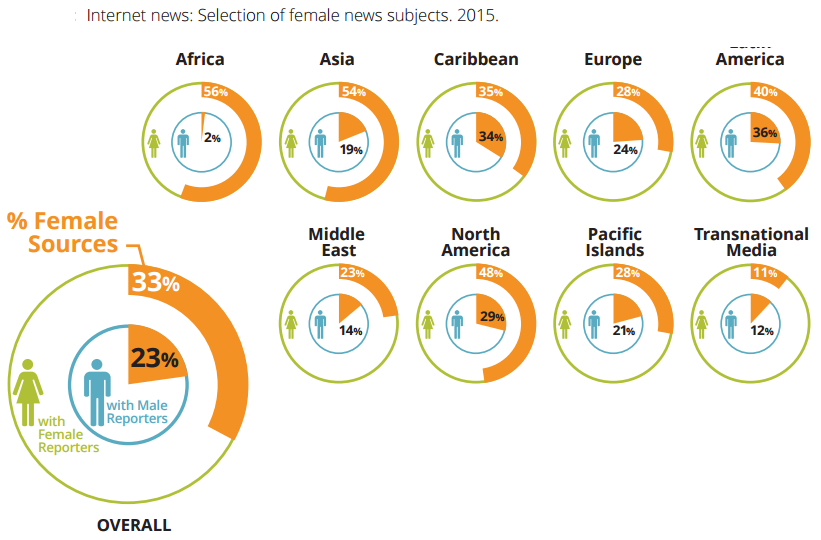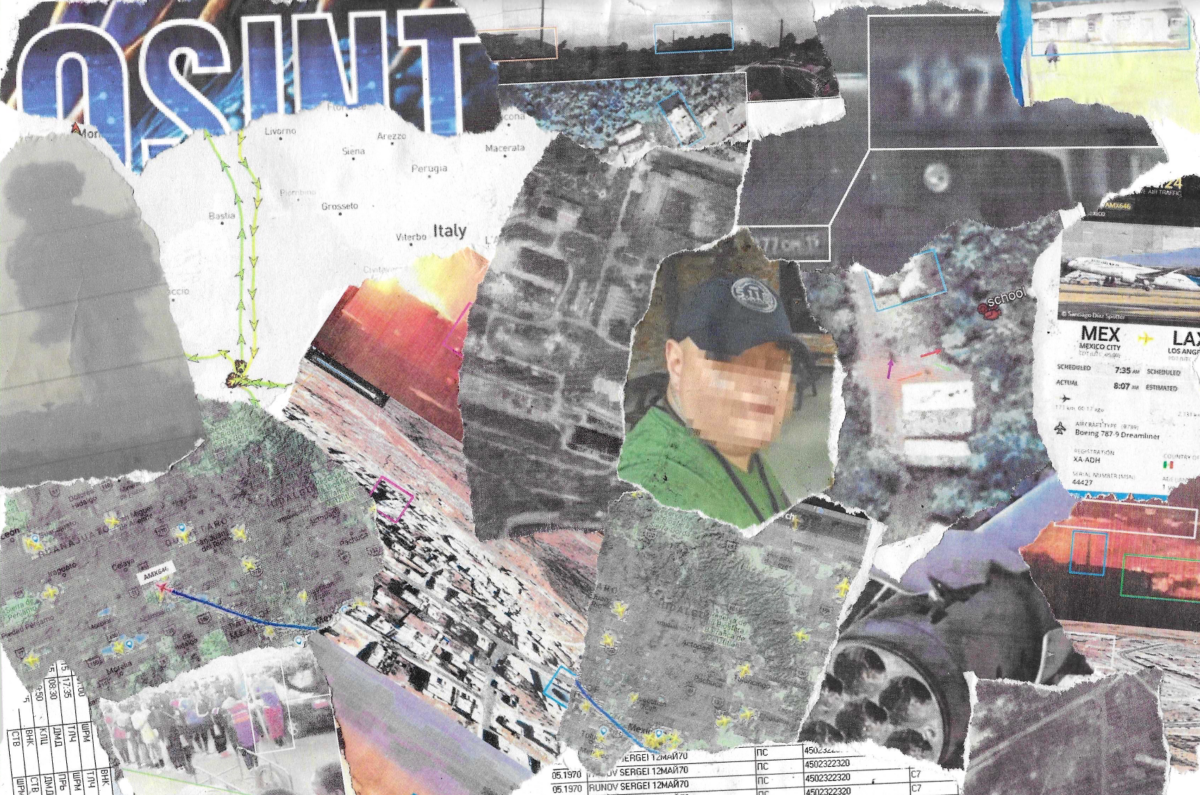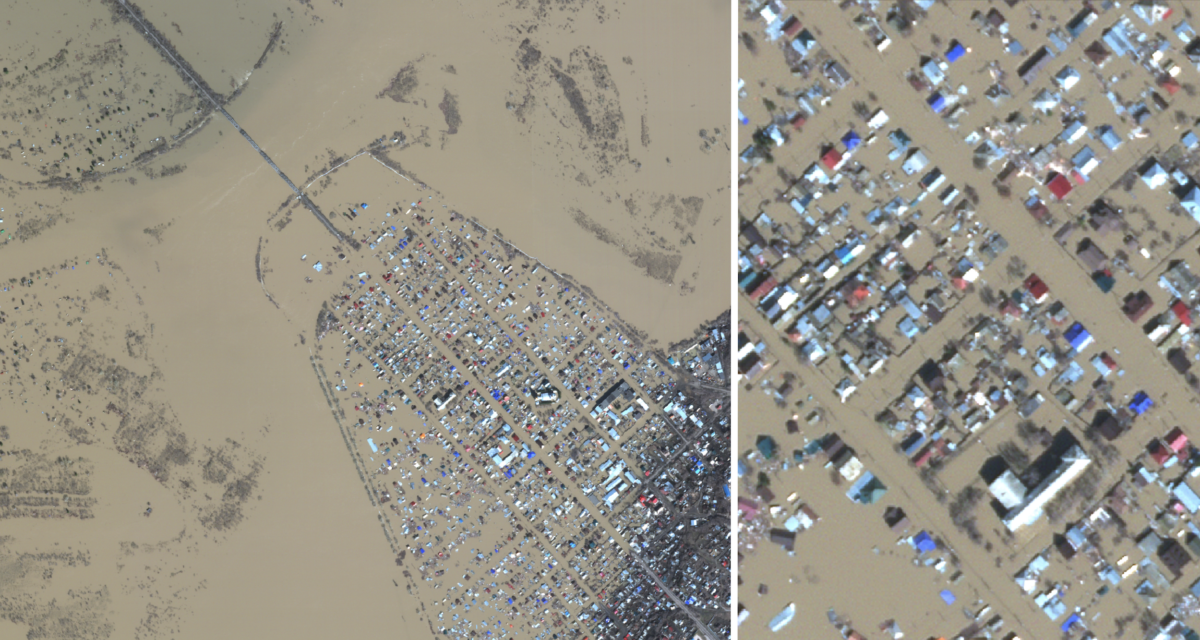Women in OSINT: Diversifying the Field, Part 1
Women’s relative invisibility in traditional media has crossed over into digital news delivery. The Bellingcat bootstraps the effort to gender rebalance OSINT investigation. We have curated a list of women in OSINT and are partnering with initiatives aiming to diversify foreign policy and international security.
Every week, a news piece or a report is released that deplores the gender imbalance in a given professional field. The World Economic Forum even has a dedicated Global Gender Gap Index report, providing yearly insights about how male-dominated many industries are. Its 2015 edition found that this year, women earn per annum only the amount men were making ten years ago. Such a pay gap in Europe, for example, is equivalent to working for free for two months per year.
The problem
Earlier this week, the Global Media Monitoring Project (GMMP) published a report measuring how women are portrayed in the media, both as story subjects and reporters. It found that the overall proportion of stories reported by women had been gridlocked at 37 percent in the past decade. Similarly, since 2005, the percentage of news challenging gender stereotypes remains stalled at 4 percent. Surprisingly, political and economic news content is the least likely to focus on women, at 7 and 5 percent of stories, respectively. Other findings, more particularly in the field of online reporting, include:
- Women make up only 25 percent of the people in Internet news stories.
- Women report 5 percent more stories online than in the traditional mediums combined.
- Women are 2 percentage points less likely to appear as spokespersons, 2 percentage points more likely to appear as experts. The gender imbalance is striking, though: women make up 18 percent and 21 percent of the people appearing in these roles respectively.
- Women are 42 percent of popular opinion providers in web published news. This is by far the greatest gain for women in online stories about the capacity in which they appear.
- “The journalistic gender lens in source selection is not only male-centered, but it is also skewed to a certain kind of masculinity when selecting interviewees for all types of views, from ‘expert’ opinion to ‘ordinary’ person testimonies. Most subjects, spokespersons and experts in the news, women and men alike, are described as senior government officials and politicians.”

Sourcing as performed by male and female reporters, per region and worldwide. Source: screenshot from the GMPP 2015 report, CC-by-NC-ND 2.5
Bellingcat’s solution
OSINT investigation enables anyone to shift from the news receiving to the contributing side. Besides, OSINT is a cross-disciplinary field of activity: OSINT techniques can be applied to high-quality news production as well as to due diligence, compliance, risk management, and international security research. That is, involvement with OSINT investigation is one of these varied activities out there that should not see gender imbalance.
I like to believe that current women underrepresentation in OSINT is essentially due to the novelty of the field. So far, there are indeed few people who clearly label themselves with the OSINT tag. Also, for now, few newsrooms and businesses specifically rely on OSINT investigation as their primary asset. It is thus difficult to identify women practitioners from the field — but I have taken up the challenge.
The first step of addressing the women underrepresentation in OSINT is to highlight the professionals already operating. The list below (along with a Twitter list I curated of OSINT professionals in general) is far from exhaustive, so get in touch if you feel like we have forgotten someone:
- Amanda Zamora, Senior Engagement Editor at ProPublica. Tweets @amzam
- Anne-Marie Tomchak, BBC Trending editor. Tweets @AMTomchak
- Jamillah Knowles, Online and social media editor, Reuters. Tweets @jemimah_knight
- Marina Petrillo, Social journalist/author/broadcaster at reported.ly. Tweets @alaskaHQ
- Kim Bui, Deputy Managing Editor at reported.ly. Tweets @kimbui
- Julie Clegg, Hunter, Profiler, Intelligence Expert and Covert Operator on Channel 4’s #Hunted. Tweets @HuntedJulie
- Inés Santisteban, Competitive Intelligence Analyst; web & social media monitoring; part of the #esINT community. Tweets @Derrilyn
- Aline Carr, Vice President of Operations at Humanity Road. Tweets @Aline_Carr
- Nina Ivanovna, freelance journalist. Tweets @ninaivanovna
- Joanna Paraszczuk, author of ‘Under the Black Flag’ blog at RFE/RL. Tweets @joaska_
- Melissa Hanham, a Senior Research Associate at the James Martin Center for Nonproliferation Studies and Bellingcat contributor .Tweets @mhanham
- Eliza Mackintosh, journalist and duty editor at Storyful. Tweets @elizamackintosh
- Aine Kerr, Managing Editor at Storyful; Tweets @ainekerr
- Mandy Jenkins, News Director at Storyful; Tweets @mjenkins
- Kristina Dei, Founder at GoGlobalMedia.com (a global risk assessment consultancy). Tweets @2kdei
- Cynthia Fang, student at the MIT Media Lab, author of First Upload (a prototype tool for video verification).
- Rina Tsubaki, leads and manages the News Impact Summit and the “Verification Handbook” initiatives at the European Journalism Centre in the Netherlands. Tweets @wildflyingpanda
- Claire Wardle, a Research Fellow at the Tow Center at Columbia University. Tweets @cward1e
- Philippa Law, Technology engagement producer at the BBCRD, formerly with GuardianWitness. Tweets @philonski
- Caroline Bannock, a Community editor at GuardianWitness (the Guardian’s open journalism platform). Tweets @carlanine
- Sarah Knight, the regional content director for ABC Local Radio, specialising in disaster coverage. Tweets @sarahjknight
- Madeleine Bair, human rights channel curator at WITNESS. Tweets @madbair
- Jenni Sargent, Director of Eyewitness Media Hub and Project Lead for First Draft News. Tweets @jennisarge
- Lynette Nusbacher, co-founder at Nusbacher & Associates. Tweets @Nusbacher
- Lilly Evans, co-founder at Nusbacher & Associates.
- Dana Cushing, retired US Marine, and associate at Nusbacher & Associates. Tweets @RedQRedT
- Alexandra Raine, Bellingcat contributor.
- Joanna Geary, EMEA Lead @TwitterMoments, previously head of News & Gov Partnerships @TwitterUK, formerly at The Guardian and The Times. Tweets @joannauk
- Sandra Stibbards, President of Camelot Investigations and OSINT trainer. Tweets @Camelotinv
- Laura-Lee Walker, a Private Investigator at Kusic and Kusic Private Investigators, specializing in Online Intelligence Gathering. Tweets @LauraLeeWalker
This list, as well as the over-arching initiative of diversifying the OSINT field, is a collaborative effort by the Bellingcat Investigative Team. Although I initiated it, curated the bulk of the list and composed the post, the team has been very enthusiastic about further involvement and drawing in more women to OSINT-based research and news reporting. We want a community, not token girls and guilt-fuelled fingerpointing.
What’s next?
A quite symptomatic reaction from more or less anyone I reached out to while finalising the above list was, “Wow, I didn’t know there were so many of us out there!”. Well, now we know. So, the next step is to interact more and more often. News producers, think tanks, etc. — use and peruse of this list when planning for your next TV hosts, conferences and studies.
Fostering interactions is intense — and fruitful when done right. We have already engaged the conversation with the great folks at Foreign Policy Interrupted (FPI), an initiative aiming to interrupt the overwhelmingly male conversation on foreign policy and international security. The above list of women interruptors in OSINT is also available at the FPI website and through their weekly newsletter. We will be rolling out some great and joint community building efforts in 2016. While consistent projects in North America exist to support diversity in predominantly (white) male environments, such initiatives are quite rare in Europe. To contribute changing this, we have reached out to WIIS Brussels, a community and network of women in international security.
—
Written by Rayna Stamboliyska, risk & crisis management consultant


